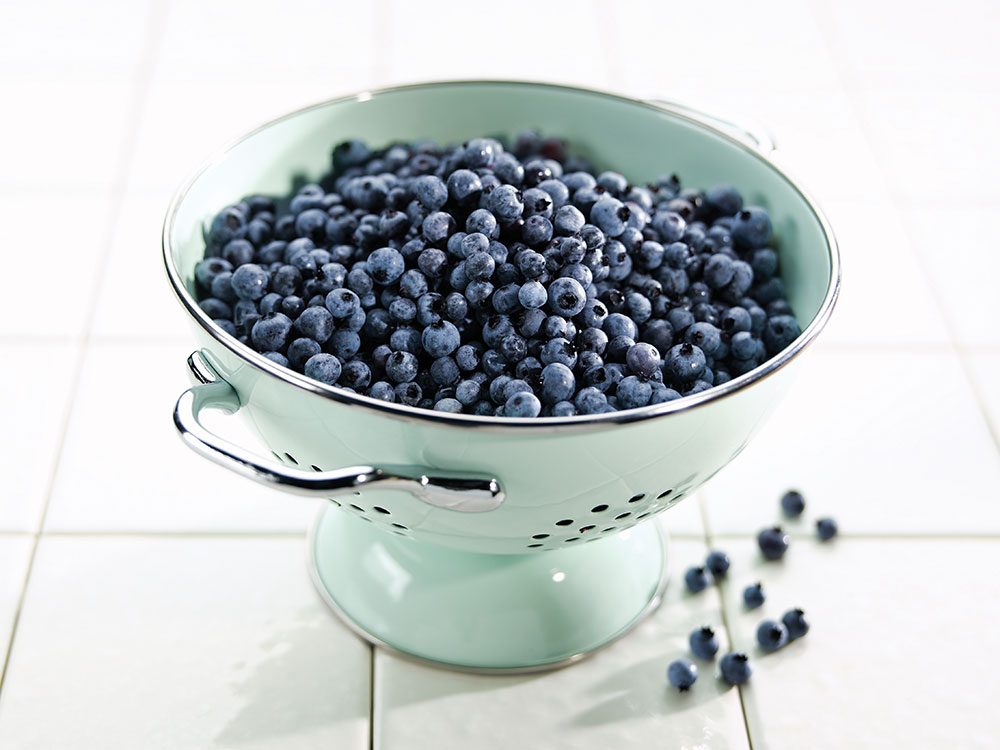
Wild blueberries and blueberries are completely different
If you’re not from Atlantic Canada, it’s possible you’ve never actually eaten a wild blueberry before. According to Peter Rideout, former executive director of the Wild Blueberry Producers Association of Nova Scotia, the fresh blueberries stocked in grocery stores west of Quebec tend to be cultivated highbush blueberries, which are planted specifically for harvesting. Those cultivated blueberries are larger in size than the lowbush wild blueberries (vaccinium angustifolium) that grow naturally on the rolling hills of Nova Scotia, New Brunswick and Quebec. There’s also a tremendous difference in flavour profiles, as the smaller wild blueberries tend to have a sweeter, tangier, more intensely “blueberry” taste than their cultivated cousins.
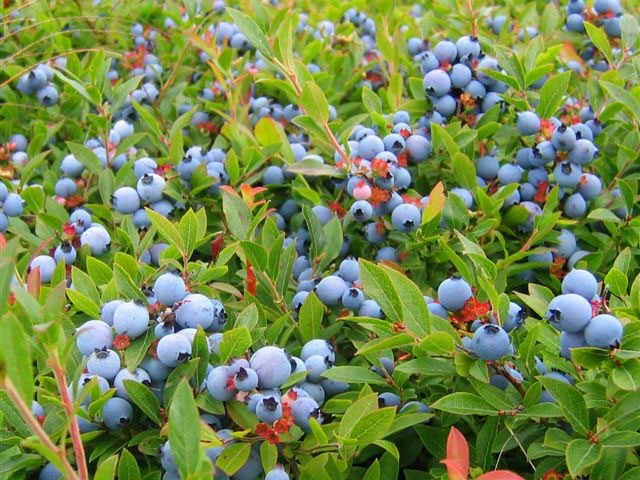
Wild blueberries are a legit superfruit
That sweet, tangy taste isn’t the only reason to add wild blueberries to your morning smoothie recipe. Although all blueberries contain antioxidants, wild blueberries boast nearly twice as many health-boosting antioxidants as their cultivated counterparts. Research suggests that the secret is in the skin—that’s where the highest concentration of the antioxidant anthocyanin is found, and, pound for pound, wild blueberries have more skin than cultivated blueberries. As an added bonus, you can enjoy the free-radical neutralizing benefits of these superfruits without watching your waistline—they clock in at just 80 calories a cup.
Here are more high-antioxidant fruits worth adding to your cart.
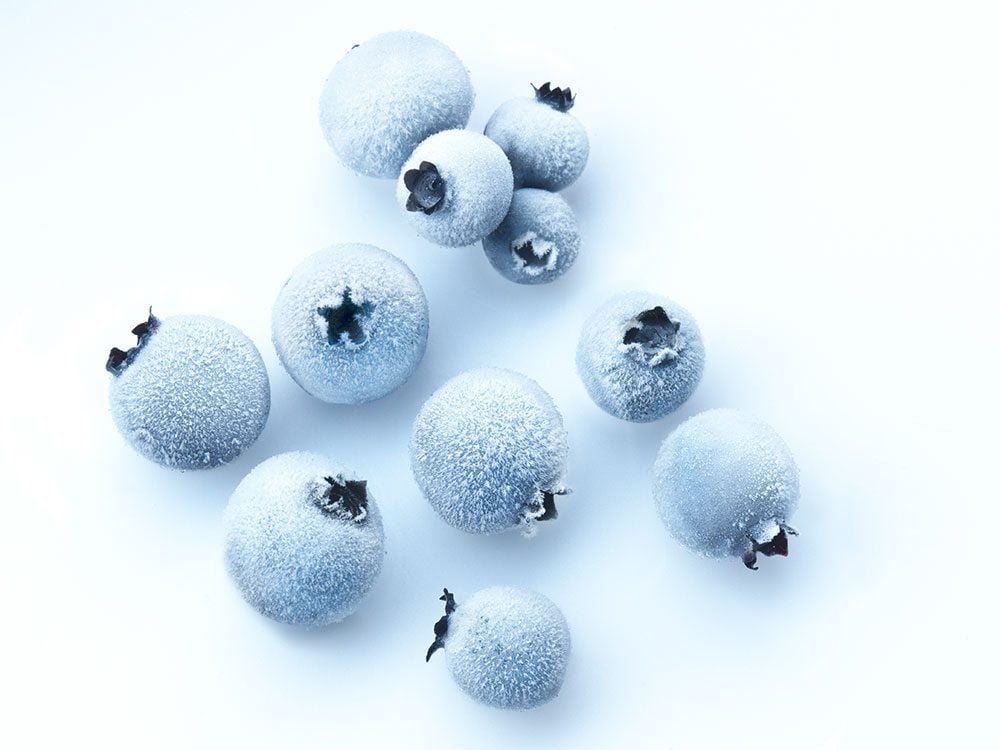
They’re as good frozen as they are fresh
Fresh wild blueberries are remarkably hard to come by for two reasons. First off, the wild blueberry season is relatively short, generally lasting a few weeks from late August into early September. Second, unless you’re in Atlantic Canada where the harvest takes place, geography is working against you. The good news? “Wild blueberries are as good frozen as they are fresh,” Rideout says, noting they’ll keep well for up to two years. According to a study by the U.S. Food and Drug Administration, none of the berries’ nutritional values or antioxidant goodness are lost by freezing. In fact, recent research suggests that freezing may even improve antioxidant availability.
Don’t miss our ultimate guide to healthy grocery shopping.
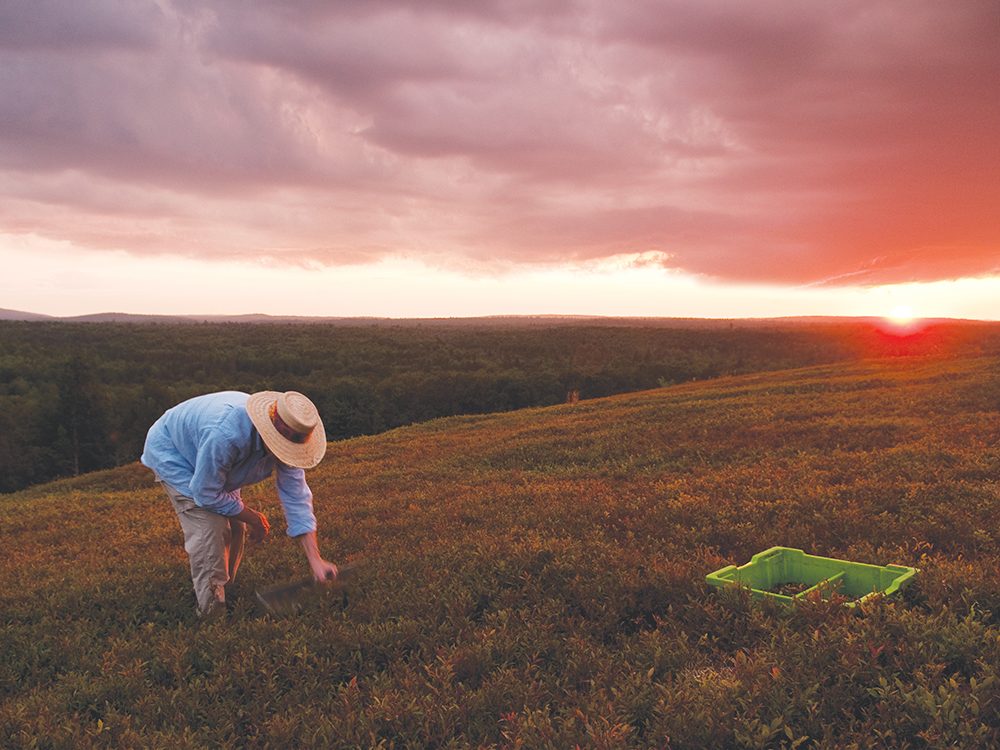
None of the east coast’s wild blueberries were planted
Normally when you think of agriculture, it’s a case of a farmer planting a crop in order for it to be harvested. With wild blueberries, however, the crop isn’t so much planted as it is… Well… There. The rolling hills of eastern Canada have been blanketed with indigenous wild blueberries for the past 10,000 years, and human development has actually helped their spread as ground cover—however unwittingly. “The settlers in New Brunswick and Nova Scotia clear-cut tracts of land in the late 1700s,” Rideout explains. “And in those areas where the land was abandoned, the wild blueberries just filled in.” According to Rideout, some of these indigenous blueberry fields have now been in production for more than 100 years. With farmers harvesting fields only once every two years to allow the crops to regenerate, he says there’s no reason why they can’t continue to produce for hundreds of years to come.
Discover more quirky facts about Canada.
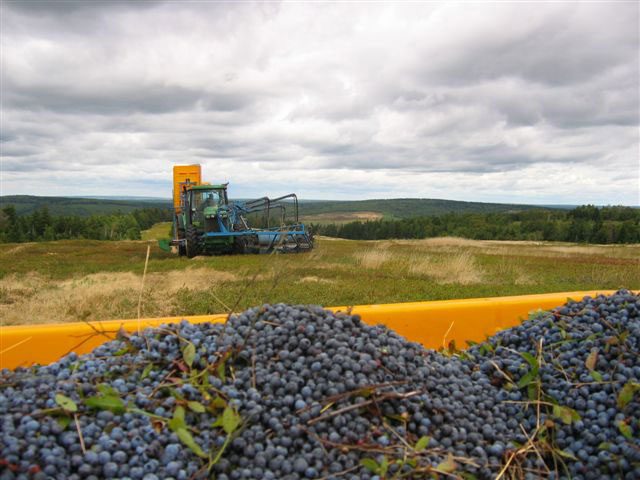
They’re Canada’s top fruit export
Move over, apples—wild blueberries have staked a claim as Canada’s number one fruit export. It turns out folks in the United Kingdom, Germany, Japan and the U.S. have insatiable appetites for wild blueberries, generating export sales worth $100-million from Nova Scotia alone.
Next, check out 20 wild blueberry recipes worth adding to your repertoire.